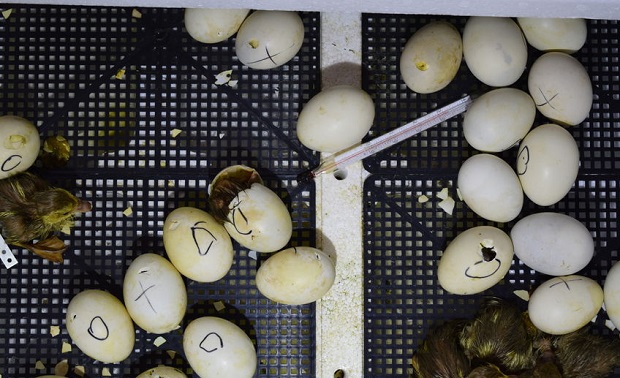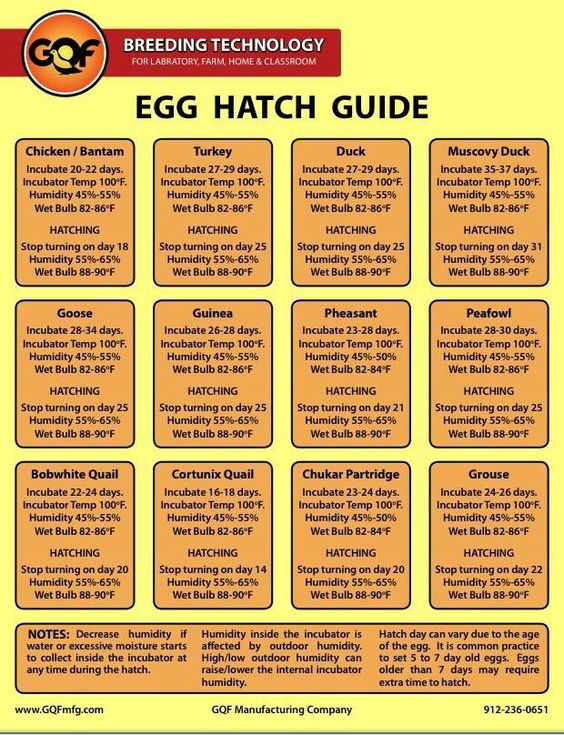Even if I don’t like chickens very much personally, I am aware of the fact that raising chickens on your own homestead is becoming increasingly popular, especially among preppers.
Raising your own livestock is a big step toward getting off the grid. If you own a small farm or you have enough room in your back yard, chickens are a great opportunity for providing yourself and your family with fresh meat and eggs, totally organic and the whole nine yards.
However, keep in mind that free range chickens tend to forage in your garden (if you have one) so be extra-careful with these pesky birds.
In my opinion, from a prepping/homesteading point of view, chickens are very close to perfection when talking about raising your own livestock, especially for beginners. Home-raised chickens are way more tasteful (and better for you) and also significantly cheaper compared to the commercial variety.
A home-grown chicken will be free of hormones, antibiotics, growth stimulators and the rest of the pharmacy you will find nowadays in store-bought chicken.
The same story goes for the eggs, which are an excellent survival food. If you’ll be raising your own chickens you’ll have fresh eggs on a daily basis for you and your family.
Last but not least, a backyard chicken farm will provide you with top quality manure for making compost, thus your veggie garden will benefit enormously from these beautiful critters (or creatures, whatever you want to call them).
Oh, and I almost forgot: raising chickens is incredibly easy, as they require very little maintenance and they will be able to take care of themselves provided they have enough space to forage for food (I am talking about free range chickens here). Basically, if you have a chicken coop, a little bit of space and some spare time, raising chickens will present no significant problem.
However, at some point in time, you’ll have to deal with the incubator problem. Any chicken farm operation will require an incubator, if you want to hatch your own chicks. Commercially available devices are pretty expensive, north of $200, but the good news is that you can build your own chicken incubator for as low as $3.
The 3$ DIY Incubator
Okay, for three bucks you won’t get all the bells and whistles available on a name brand variety, but even the simplest and cheapest DIY incubator will succeed in its main goal: hatching chicks from fertilized eggs.
So, if you’re resonating with my preamble and you’re copacetic with raising your own chickens for scratch (that’s eggs), check out my first DIY project which will cost you just $3, no change. Remember, it doesn’t get any simpler/cheaper than this, so keep your eyes peeled:
For the $3 chicken incubator project, you’ll require:
- a light-bulb socket
- a regular extension cord
- a thermometer/hygrometer (that’s like a thermometer which measures humidity)
- some scrap wood for building the frame
- an incandescent light-bulb (the wattage/power depends on the size of the box)
- a Styrofoam box
- a screen to wrap over the frame (a piece of fabric/hardware cloth)
- a cup for holding water (an empty sour cream box will do the job with flying colors).
If you already have some of the gear available, as most homesteaders do, this project will cost you next to nothing. I mean, everybody has a light bulb around somewhere, along with Styrofoam boxes and pieces of cloth, right? The only high-tech piece of gear is the hygrometer and if you don’t already own one, well, you’ll have to cough up 7 additional bucks at your hardware store.
As per the DIY job, check out this instructable, it’s very straight forward: first, you’ll have to assemble the wooden frame to match the inner dimensions of the Styrofoam box, then attach the screen to the wooden frame, leaving enough room behind to fit a cup of water (hydration is always important).
Next, you’ll install the light bulb inside the box, put some ventilation holes in place, and in the last step you must install the thermometer/hygrometer inside. The assembly part is very easy and it will take you maybe 45 minutes. The general idea is that once you put some fertile eggs inside your home-made chicken incubator, you’ll just have to wait for three weeks for the fresh chicks to appear; that’s the boring part.
Now, whilst building the incubator is the easy part, the problem is with fine-tuning the environment, i.e. temperature and humidity. The general rule of thumb for hatching healthy chicks is that you’ll require a constant temperature of 99-102 degrees Fahrenheit 24/7. That temperature must be kept constant for three weeks. That’s why you need the thermometer inside the box, in real life the hen takes care of the temp problem.
Also humidity is important (here’s where the hygrometer comes into play), as it must stay around 40%-50% for the first eighteen days. In the last three days, it must be increased to 60%-70%. If it’s really cold outside, this may become tricky (cold weather means drier air) but you can mitigate the problem using a wet sponge placed inside the incubator.
Regulating the temperature inside your incubator is way easier; all you have to do is to cut additional holes in the lid until you hit the sweet spot (the optimal temperature). If you cut too many holes, don’t worry, you can always put duct tape over them.
Also, you can play around with the brightness of the light bulb and you have two options: you can switch the light bulb with a lower or higher wattage one or you can buy a dimmer switch for around $5. Either way, you’ll be able to get the ideal temperature relatively hassle-free. Additionally, you can purchase a thermostat and wire it to your power source; in this way, the light bulb will be switched off and on automatically when it gets too hot or cold.
Finally, you must turn the eggs a few times every day in order to prevent the developing chick-embryo from deforming (if you don’t turn the egg, the embryo will stick to the shell wall). Three times a day will do it.
That concludes our first project – the simplest, cheapest, yet very effective one. It’s the perfect DIY job for beginners.
4 Other Ways to Build an Incubator
Now, let’s take a look at a few more complex ones, shall we?
Here’s a video tutorial about a home-made incubator, a variant of the first but instead of a Styrofoam box, these folks are using a commercial cooler box but the rest is basically the same: a heat/light source, a hygrometer, a thermometer and a few happy chicks at the end of the video.
Video first seen on Sefa O’Reilly.
Take a look at this cheap home-made incubator, which is almost identical to our first $3 job, but with additional bells and whistles, i.e. a fan for controlling temperature/humidity better and a motor from a can opener for spinning the eggs automatically via vibrations (that leads to ADHD chicks, check that out).
Video first seen on Caton Domke,
Now let’s take a look at the next-level DIY chicken incubator, the fully automatic version. It’s homemade and uses an old fridge and some gear including water heater elements, a PLC Smatr Relay and a homemade rack.
Check out the video for more info, but keep in mind that this is a complex job. You’ll require some serious hardware and skills to pull it through. What I like the most about this project is that it turns the eggs automatically, industrial-style without the vibrations.
Video first seen on findrive.
Here’s another variant of the home-made incubator with an automatic egg turner. This baby uses a window motor from a Ford automobile with a PWM speed controller to turn the eggs, two limit switches, a timer and a Repti 500R thermostat. Again, a more complex DIY job, but check it out anyway.
Video first seen on gamecoker77.
I hope the article helped. If you have any other ideas or questions, feel free to comment in the dedicated section below.
This article has been written by Chris Black for Survivopedia.

























































































